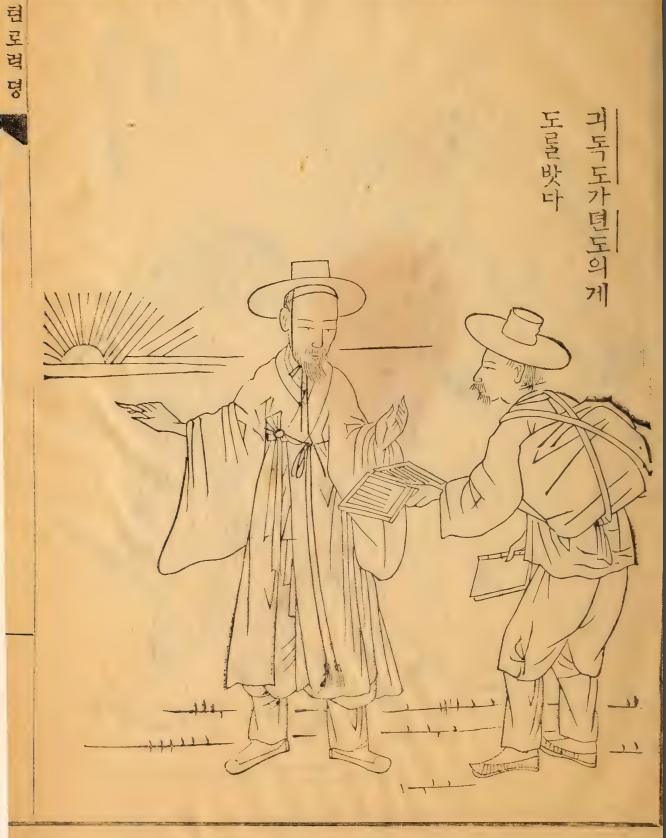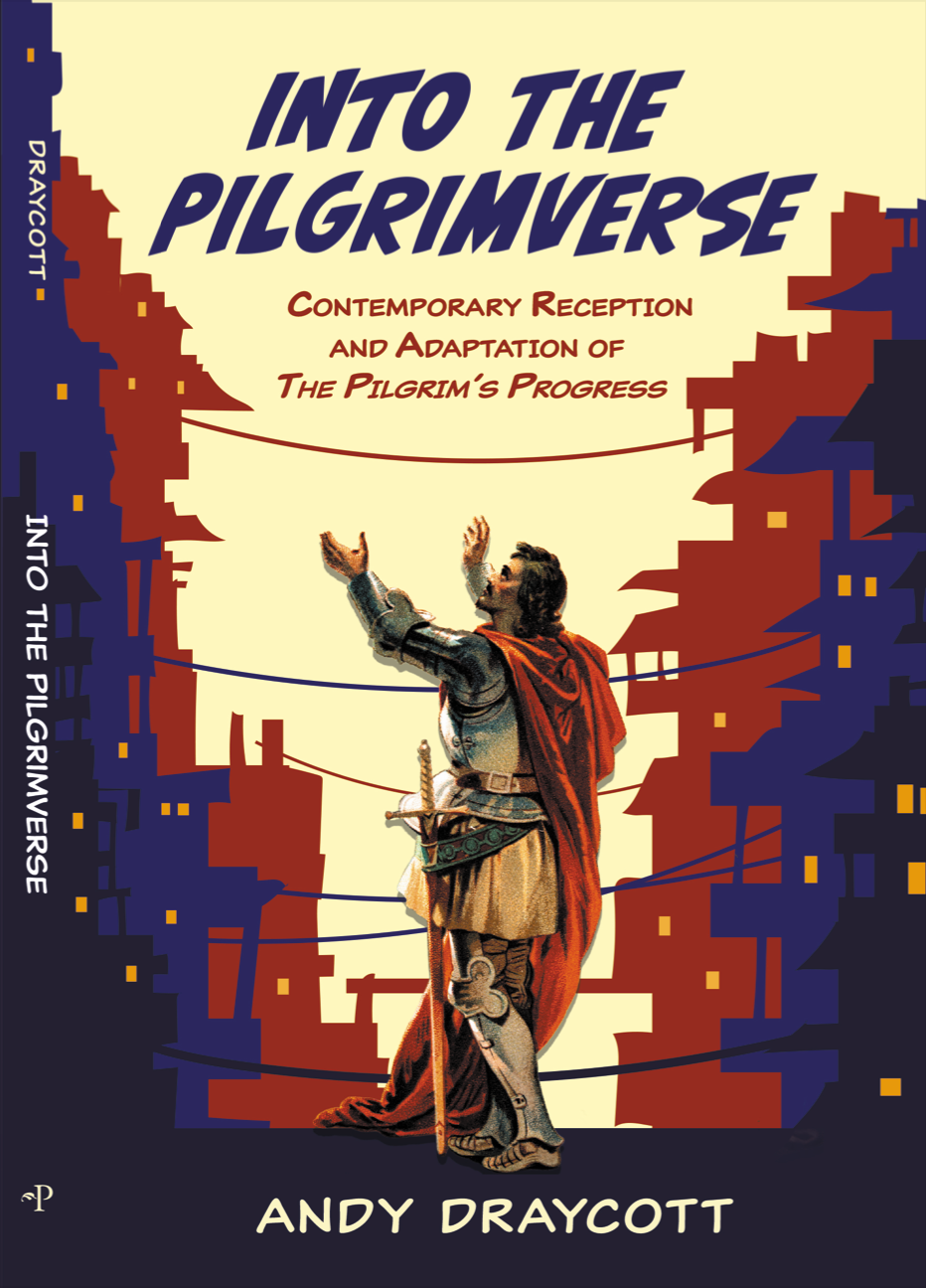Look who's pointing!? Cultural Visual Bias in reading PP
- andydraycott7
- May 1, 2024
- 3 min read

Images do not tell the whole story, but they do visually illustrate parts. I've just finished work on a chapter on the visual art on paperback covers of The Pilgrim's Progress. It's for a volume titled Global Bunyan and Visual Art which should come out in 2025. It's fun to write about images, but now the writing is done, I've still got work to do on getting permissions from copyright holders. These can be multiple for any one book cover...So far, so good, but quite a few more to go...
One cover I comment on is this centenary, heritage edition, commemorating the first Korean translation by a missionary called James Scarth Gale (1895). Not only is this one of the first books to use a simplified form of Korean script, so I am informed, but Gale also commissioned a celebrated Korean artist to produce illustrations.
I should note that the original had no cover art, but the heritage edition does. The book read, in comparison to Western, English language printed books, from 'back' to 'front,' or from right to left. Nevertheless the images, presumably drawing on Gale's source text for Bunyan, keep the left to right visual orientation of the Western heritage. (Studies I've dabbled in reading seem to show that 'Westerners' read more into left -right orientation visually, whereas 'non-Westerners' (I know these categories are slippery) take left right orientation with less interpretative freight and thus equanimity). Hence this image of burdened Christian being pointed away and ahead to the right of the printed page. This can be conferred in the bound context from Princeton University Library's digital archive.
The cover of the Heritage edition uses this image. My first and simply settled assumption long after first seeing the modern cover was to read this as Christian being pointed to the Wicket Gate by Evangelist. It is the kind of iconic scene that is used often for book covers of PP.
But when I checked out that digital archive of the original I discovered that this image comes not from that part of the book, but a little later, when Goodwill has pulled the still burdened Christian in through the Wicket Gate and is then directing him to the Interpreter's house.
In fact, in keeping with the visual orientation comment earlier, it is interesting to see Evangelist pointing Christian toward the light from right to left in the original illustration of that incident:

Bunyan, John, 1628-1688, and 1863-1937 Gale. Ch'ŏllo Yŏkchŏng (pilgrim's Progress). Wŏnsan, Korea : J.S. Gale, 1895.. 1895. Retrieved from the Atla Digital Library, http://commons.ptsem.edu/id/cholloyokchong00buny_0
Does the misidentification I made of the image on the heritage book cover matter? On one level, not at all. Cover art is not trying to tell the story in any detail but rather to attract attention to the book to invite a reader into the story itself. If someone already knows the story but assumes the cover image of the heritage edition is is Evangelist when it turns out not to be the case, nothing is lost. If anything, discovering my error reminds me that Christian is not pointed on his way ahead just once, but is guided likewise by Goodwill. And then further instances of that kind of guidance come to mind as a reminder that the story is not one of an adventure launched in company and achieved in heroic solitude. Rather Evangelist pops up several times to assist and guide Christian. Goodwill helps, so does Interpreter, Christian is guided into the Valley of Humiliation by the sisters of the Palace Beautiful, and out of the Valley of the Shadow of Death by following Faithful's psalm singing.
Where my misidentification might matter, in relation to the orientation of left and right visually across cultures and the difference this showcases, is if my reading is happy to be uneducated and unobservant of this cultural difference in portraying the same narrative episode. What if I think right to left orientation is just wrong! It conveys spiritual decline rather than progress, say? That would be a problem. Awareness of my visual bias in interpretation could also signal to me that spiritual readings, even within and among Christians, may also have culturally variegated senses of orientation to Bunyan's story and underlying Scripture that I might uncritically be unaware of, suspicious of once encountered, or reactive against.


Comments